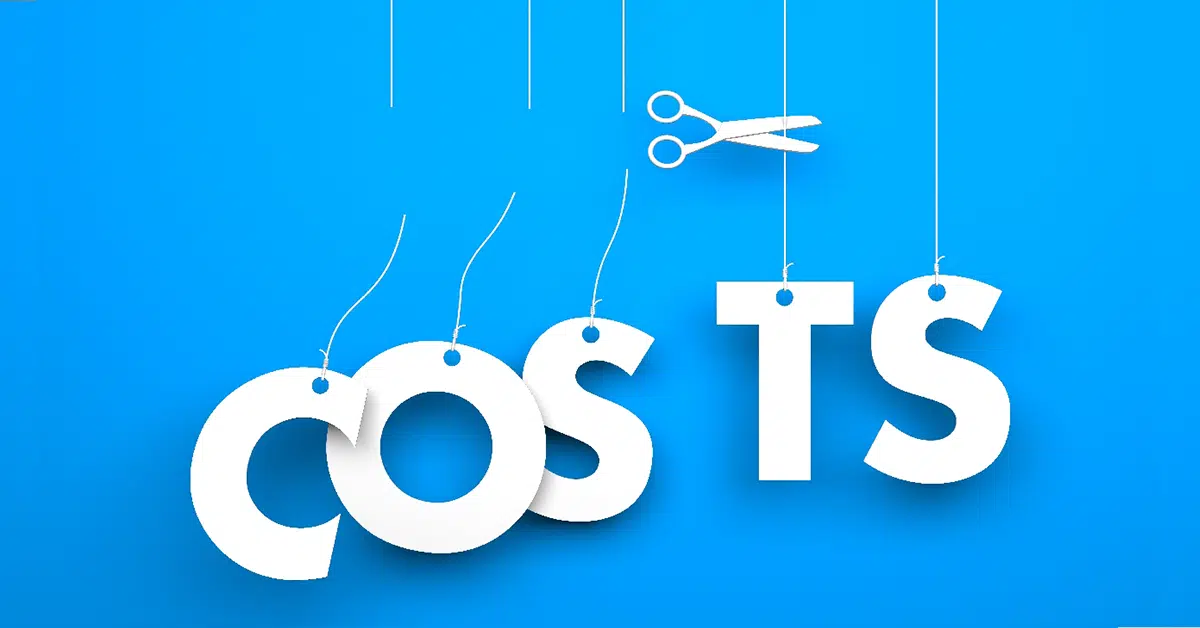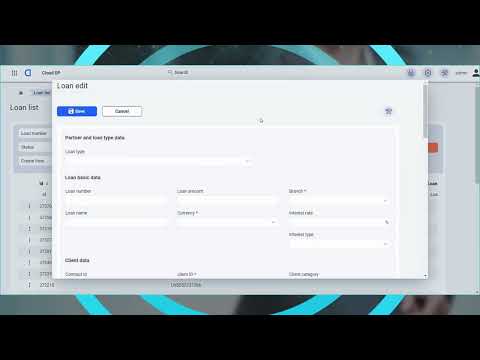ApPello offers cutting-edge digital lending solutions for banks of all sizes, ensuring efficiency and scalability in loan origination, servicing and collection.




Our Customer's Success
Our Customer's Success
TESTIMONIALS
News & Events
News & Events
Up-to-date information for banking experts is a key to your company’s
success. You can find our thoughts here, industry insights, white papers and much more.
Are you interested?
Want to learn more about how our platform can modernize your bank?
Just schedule a call with one of our experts. We're here to help.
Are you interested?
Want to learn more about how our platform can modernize your bank?
Just schedule a call with one of our experts. We're here to help.
Are you interested?
Want to learn more about how our platform can modernize your bank?
Just schedule a call with one of our experts. We're here to help.
Are you interested?
Want to learn more about how our platform can modernize your bank?
Just schedule a call with one of our experts. We're here to help.

Contact Form
Stay
up-to-date
Get in touch with us



















